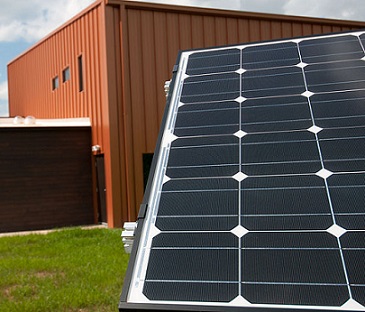However a study conducted by the national renewable energy laboratory nrel shows a more accurate picture of solar panel degradation.
Solar panel heat degredation.
For most tier 1 solar panels the degradation rate is 30 meaning that each year the panels performance is reduced by 30.
It may seem counter intuitive but solar panel efficiency is affected negatively by temperature increases.
Degradation rates are used in solar site assessments in order to estimate the energy production over the life of a system and to calculate the payback period and return on investment.
Note these figures may have a minus sign in front of them as in 0 7 or 0 25.
When considered on a global scale these effects become much smaller.
Solar is broadly recognized as an easy win to quickly reduce the co 2 emissions that lead to global.
That s backed up by the solar panel manufacturer s warranty which guarantees 90 production in the first ten years and 80 by year 25 or 30.
For many panels this is given as 2 to 3 in the first year and then 0 7 a year after that but it can be as low as 0 25 a year for some sunpower panels.
In this scenario the warming from the heat island effect essentially compensated for the cooling caused by the solar panels.
So each solar panel would be tested based on its beginning.
The world is setting heat records on every continent.
Solar site assessors use these rates.
Monocrystalline solar panels are the most popular solar panels used in rooftop solar installations today.
There are lots of different reasons why they degrade and why they fail kurtz said module manufacturers are looking into every piece of the solar panel puzzle all the way down to the encapsulants and adhesion materials to try to slow degradation rates.
Solar panel degradation and failure is not a clear cut situation kurtz said.
Australia s record heat sadly is well documented and the increases are happening faster than scientists had predicted.
Those panels could retain 96 of their production capabilities after 20 years.
Photovoltaic modules are tested at a temperature of 25 degrees c stc about 77 degrees f and depending on their installed location heat can reduce output efficiency by 10 25.
Last july europe hit new highs from london to paris with records also set in germany netherlands and belgium.
The solar cells within monocrystalline panels are a single flat black color which makes them popular among homeowners.
On average solar panels degrade at a rate of 1 each year.

